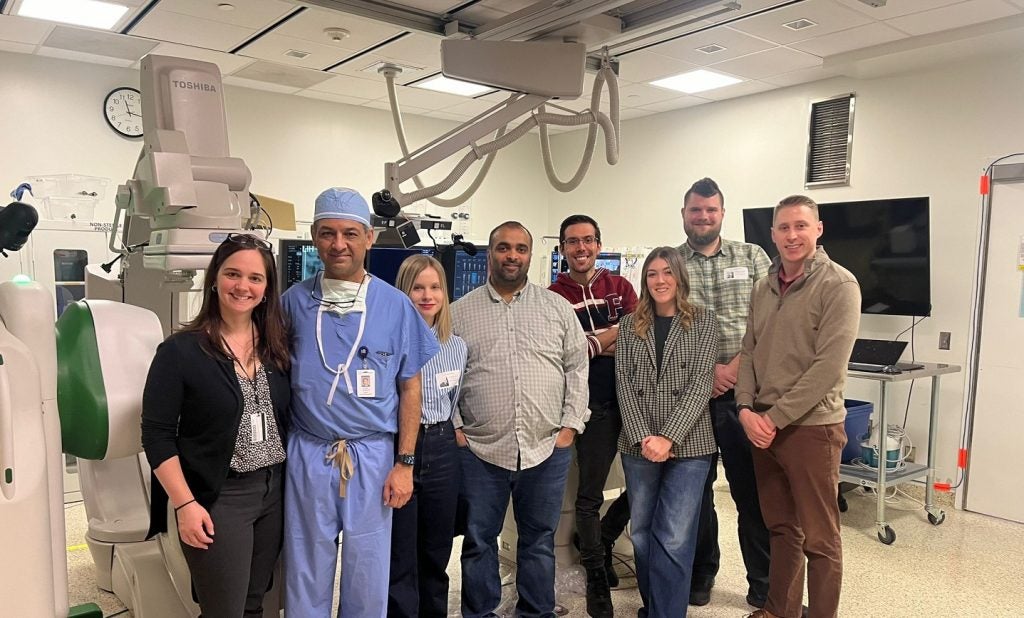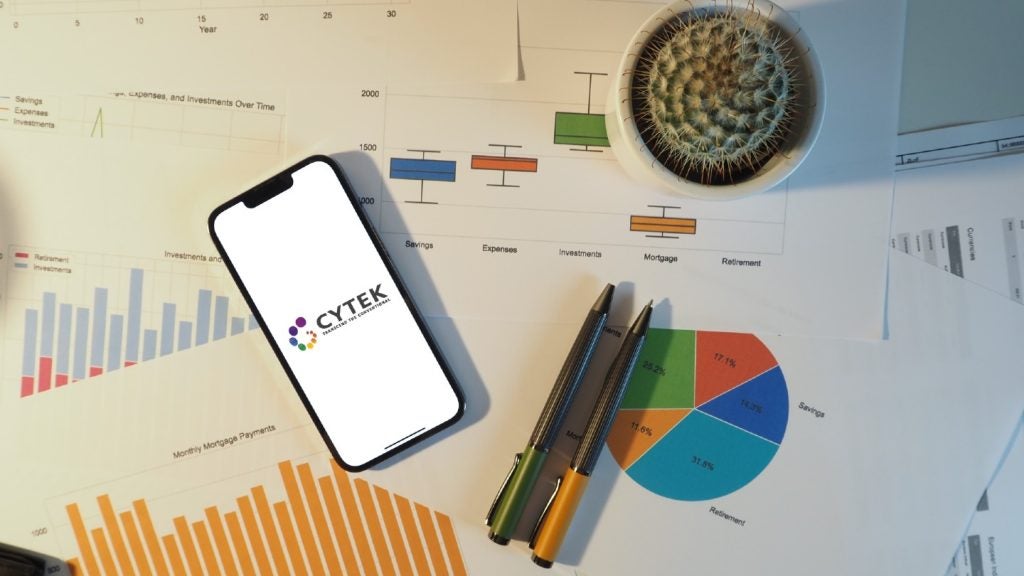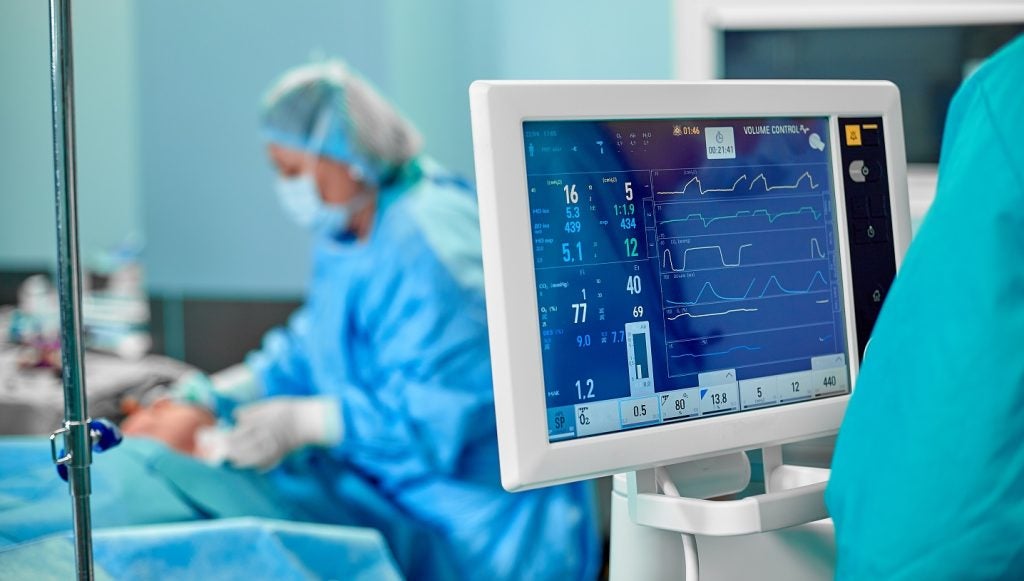As more groups advocate for increased funding and awareness surrounding female health and femtech, some commercial organisations are using social movements and feminist narratives to market products, when there is little to no scientific evidence that the products are effective for their specific uses.
A report published in The BMJ journal on 14 February highlighted that the narrative of women’s empowerment and rights is being manipulated to market products such as anti-müllerian hormone (AMH) tests for the wrong uses. This exploitation spans commercial companies, as well as media outlets and well-intentioned advocacy groups.
What are AMH tests?
AMH tests are blood tests that measure the level of AM hormone in a woman’s body – a hormone produced by the ovaries and used as an indicator of ovarian reserve, or the number of eggs remaining in a woman’s ovaries. It is sometimes referred to as the ‘egg timer’ test.
A proven biomarker, AMH can be extremely helpful to women who are in the process of getting a diagnosis for polycystic ovary syndrome (PCOS), as well as a measure in fertility assessments and treatments to help predict response to ovarian stimulation and the likelihood of success with assisted reproductive technologies such as in vitro fertilisation (IVF).
Roche Diagnostics recently won a CE mark for Elecsys AMH plus immunoassay as a diagnostic blood test for PCOS. AMH levels tend to be elevated in PCOS, so a result like this could precipitate an official diagnosis.
Although often used in diagnoses and fertility treatments, the AMH test cannot reliably predict the likelihood of pregnancy, timing of pregnancy, or specific age of menopause.
A study published in August 2023 analysed 27 websites from seven countries on AMH testing, finding significant variations in the information provided. Six main categories emerged: test description, claims about test capabilities, usefulness of results, blood collection methods, promotion tactics, and statements about test limitations.
Too often a “lower than average” AMH result causes stress and anxiety when in reality, it actually says nothing about the quality of your eggs or the likelihood of conception, says Michelle Cawley, founder of fertility education business WTT Nutrition.
“People are using it as a predictor of natural fertility, like how likely are you to get pregnant based on your ovarian reserve? And that's wrong for a few reasons. Firstly, it tells you nothing about your egg quality. Which is even more important than quantity when you're trying to get pregnant. It's not a predictor of natural fertility at all.
“Studies have shown that women with a low AMH achieved similar pregnancy rates compared to those with normal or high AMH. It's not even telling you how likely you are to conceive naturally at all and is not a quality indicator, which is extremely important. And too often, it can cause a lot of stress, a lot of anxiety when it's telling you nothing about the quality of your eggs or the likelihood of conception.”
Keeping tests accessible for women
Whilst the misleading promotion of products such as AMH tests for fertility testing can be harmful to women’s mental health, it is still vital that these tests are readily available to women who want to use them, explains one of the report authors, Brooke Nickel.
“We're not arguing that women shouldn't be informed about some of these different tests and treatments – we support stronger women's autonomy in their health decisions. It’s difficult to place the responsibility on the individual women to navigate these health messages that are often brief and misleading, and to understand all the potential benefits and harms in order to make an informed decision,” says Nickel.
Nickel also says that education should be used to tackle misinformation, but it is up to companies and not women to take on the burden.
“The responsibility should largely be placed on companies that use these kinds of marketing and market these health interventions to just really be clear about the limitations if they are being marketed. And if they are kind of dangerous, or, you know, unproven, that health professionals and governments have a responsibility to educate and counter the messages and stronger regulation needs to be in place as well,” she says.
Adding to this, Cawley explained that many more tests are valuable to women who are exploring their fertility, aside from AMH levels.
She adds: “There are other things that would be more valuable for you like your blood sugar levels – what are your other hormones doing? What are other indicators of good health that you should really be putting on, then a number that you're going to put a lot of stock into that may or may not have any bearing on your chances of getting pregnant in the future?”
How can patient safety be prioritised?
Nickel emphasises the importance of evidence-backed health interventions, but also the challenges involved in achieving this goal. “We can't wait decades to have robust evidence and things get pushed out and approved,” she says, “We really do need long-term studies to underpin tests and untruths, screening, tests, and treatment – there needs to be stricter regulations in place across the board.”
She notes that increased awareness and advocacy have increased women’s health outcomes but cautions against misleading marketing by commercial entities. The use of language like “women’s empowerment” by these entities to market unproven technologies and treatments poses risks to overdiagnosis and overtreatment.
Can tighter regulation tackle this issue?
With emphasis on stricter regulation being an opportunity to tackle this issue, Kiran Kang, Regulatory Affairs Manager at Origin Sciences notes how UK regulation of self-test products can assist. “Self-test diagnostic products will need a notified body to assess the conformity of the device before certification can be provided (UKCA/CE marking).
“MHRA is updating the current UK MDR 2002 (SI 618), which should be in force within the next few years. I see this as an opportunity for MHRA to update the regulation and prevent misleading language being used to market diagnostic tests to the public. How this can be policed is yet to be determined,” says Kang.
It is evident that increased awareness and advocacy for women’s health are needed to overcome sex inequalities in healthcare.
“There is a 'two sides of the coin' issue going on that we need this awareness and advocacy to improve health outcomes and reduce health inequalities, but that we also need to make sure that women are getting transparent evidence, avoiding hidden information, and promoting messages where benefits outweigh harms,” says Nickel.
“It really does go against the empowerment that's being sought and it goes against what the feminist movements and everything is really fighting against to provide good quality information and evidence to help improve outcomes for women. Not the other way around.”















